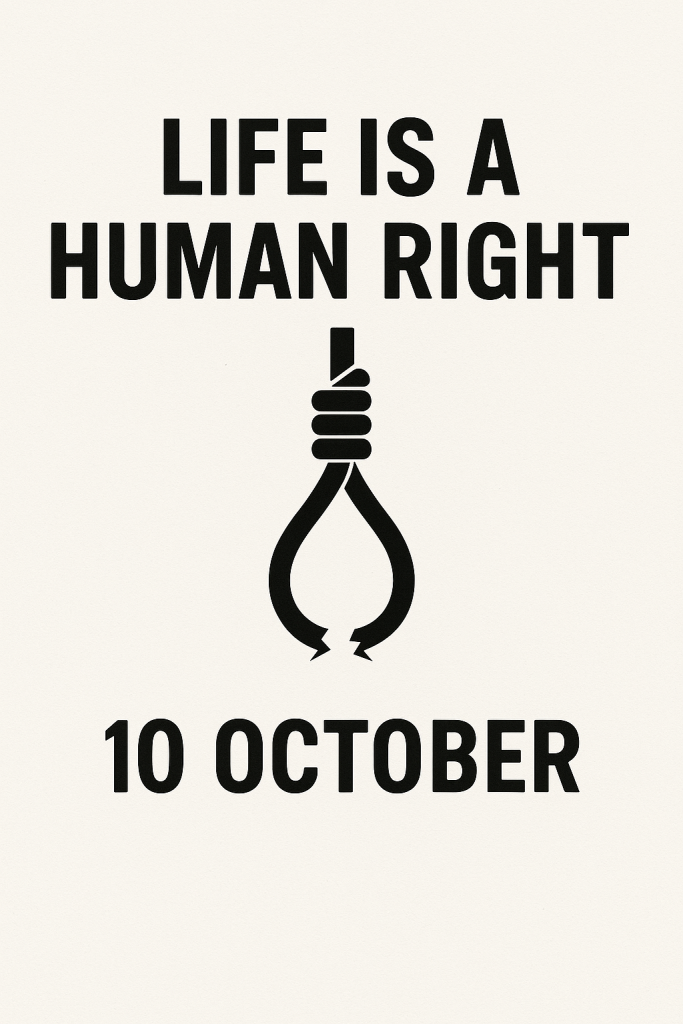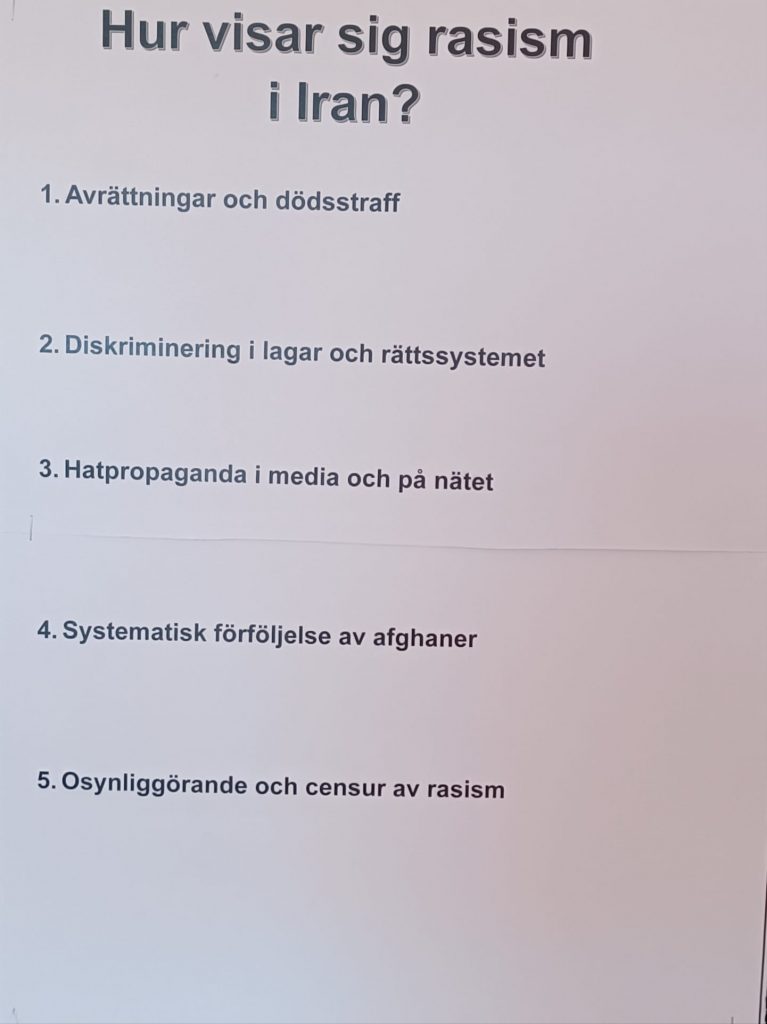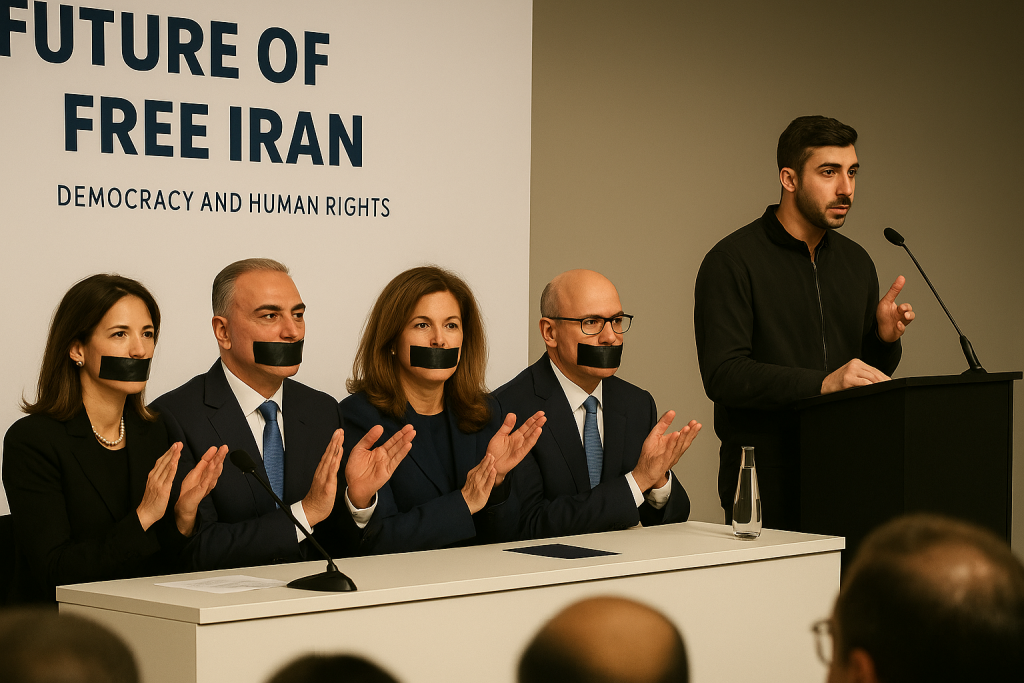During the period of December 21, 2024 – January 19, 2025, executions were carried out in 24 of Iran’s 31 provinces. The number of executions decreased by 26.6% compared to the previous month, Azar 1403, which recorded 124 executions.
In this reported time, the Supreme Court confirmed the death sentences for three civil-political prisoners—Pakhshan Azizi, Behrouz Ehsani, and Mehdi Hasani. Due to widespread protests by human rights organizations and the public, the execution of Pakhshan Azizi has currently been halted. However, the lives of more than 50 other political prisoners and human rights activists remain at risk of execution.
The purpose of this report is to raise awareness within the international and domestic communities and to encourage the international community to support activists and human rights organizations in applying pressure on the Iranian government. This pressure should aim to protect the most fundamental human right: the right to life. Furthermore, the report seeks to inspire citizens to amplify the voices of execution victims and their families and, ultimately, to contribute to building a society free from violence.
This report emphasizes the urgency of taking immediate action to stop executions and promote respect for human rights in Iran. It calls on all relevant organizations to join efforts in this critical endeavor.
Content of the Report
Based on the identity and charges of the victims executed during December 21, 2024 – January 19, 2025, the number of executions during this period has reached at least 91 individuals. It is worth noting that, apart from a few cases confirmed by domestic media or officials from Iran’s judiciary, the majority of these executions have been identified and reported by human rights organizations and activists.
The limitations in access to information, along with political and social pressures on human rights organizations and activists, create significant challenges in providing precise statistics and reporting on victims. Accurate tracking of the number and identity of those executed, particularly under conditions where information access is restricted, can lead to reduced accuracy in reporting. Additionally, these conditions place further pressure on human rights organizations to deliver accurate and up-to-date data, as the information they receive may arrive with delays or lack sufficient accuracy.
Based on the collected information, this section will address the geographical and demographic distribution of the executions and their underlying reasons.
Geographical and Demographic Distribution
Executions during December 21, 2024 – January 19, 2025, took place in 24 provinces across Iran, involving a total of 33 prisons in various cities. Fars Province recorded the highest number of executions, with 14 carried out in Adelabad Prison. This was followed by Alborz Province, with 11 executions in Ghezel Hesar Prison, and Isfahan Province, with 10 executions in Dastgerd Prison.
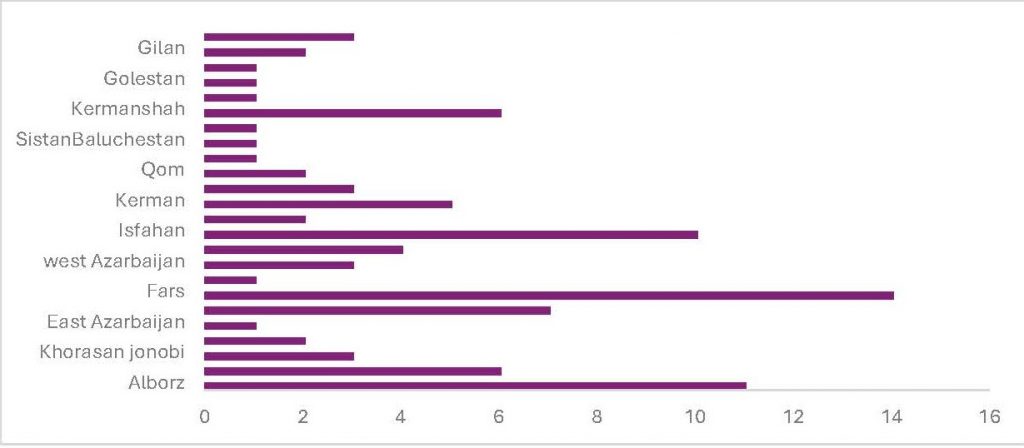
The data indicates that in Razavi Khorasan Province, executions were conducted in four prisons across different cities. Similarly, in Hamadan Province, executions took place in three prisons located in Nahavand, Hamadan, and Malayer. A comparison of executions across different provinces reveals significant variations in execution patterns. For instance, the concentration of executions in Adelabad Prison in Fars Province (14 cases) reflects a centralized approach to carrying out death sentences in a single location. This may be due to administrative, infrastructural, or strategic reasons to minimize public attention. In contrast, the distribution of executions across four different prisons in Razavi Khorasan Province suggests a different strategy, potentially aimed at creating a broader psychological impact across the province or reducing the likelihood of concentrated protests or public reactions in one specific location.
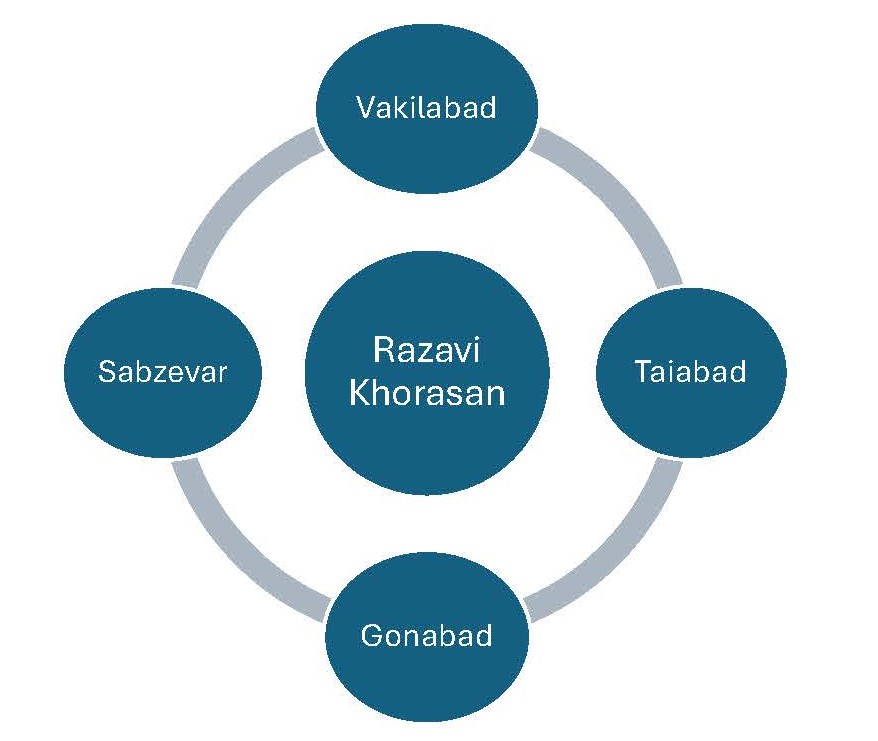
These differences highlight the varied approaches to managing prisoners and carrying out executions within Iran.
The collected statistics also reveal that seven of the executed individuals were Afghan nationals, sentenced to death for crimes related to murder and drug offenses in various Iranian prisons. The average age of those executed during this period ranged from 25 to 60 years.
Limited information is available regarding the marital status of the prisoners. Of the 91 individuals executed this month, details about marital status and the number of children were reported for only 10 individuals.
Reasons for Executions
The data shows that executions during December 21, 2024 – January 19, 2025, were carried out for four different reasons: drug-related offenses, murder, rape, and robbery.
Among these, 49 individuals were executed for drug-related offenses, making this the leading cause of executions in Iran. These executions accounted for approximately 53.8% of all executions during this period.
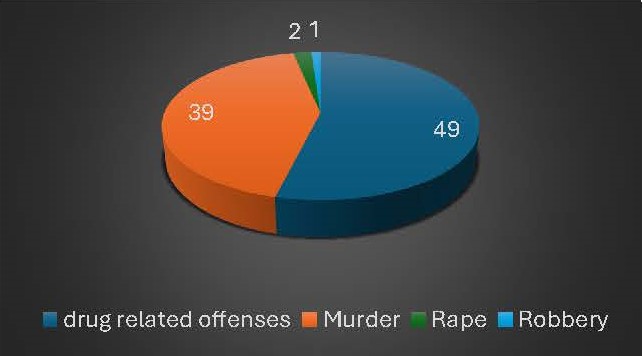
In addition, 39 individuals were executed for murder, representing about 42.8% of the total executions in this period. The number of executions for murder has significantly increased in recent months compared to previous years.
Executions: A Clear Violation of Human Rights
Judicial Injustice in Execution Cases
In December 21, 2024 – January 19, 2025, multiple instances of blatant injustice and disregard for human rights principles were observed in execution sentences. One such case was the execution of two brothers, Ali (25) and Jasem (31) Manian, on January 4 in Dastgerd Prison, Isfahan, for murder. According to Hengaw, despite Jasem taking full responsibility for the murder, the judiciary sentenced both brothers to death. This judicial decision reflects a disregard for justice and fair trial principles.
The funeral for the Manian brothers was widely attended, and videos of the ceremony and burial circulated on social media. The public reactions on social platforms and the large turnout at the funeral underscore serious societal concerns about such rulings.
In another case, Reza Seyedi (48) and Ali Atin (28) were executed on January 17 in Mahabad Prison for rape. Reports indicate that Reza Seyedi had previously been acquitted of his sister’s murder with the intervention of the Revolutionary Guard. These individuals, reportedly members of a Revolutionary Guard-affiliated gang, were accused of committing group assaults on over 54 women in Sardasht. These cases highlight the lack of judicial independence, which not only violates victims’ rights but perpetuates a cycle of violence and injustice.
Families of the Executed: Silent Victims
While marital status and the number of children of only a small portion of this month’s executed individuals have been reported, given the victims’ ages, many likely had families and children. Reports confirm that 33 children lost their fathers due to these executions.
Many families, due to reasons such as poverty, long distances, or lack of prior notice, were unable to have a final visit with their loved ones. This denial of a last meeting constitutes a form of psychological violence against the families, leaving deep emotional scars. Some families were only informed of the executions after the fact when called to collect the bodies for burial. This, too, is a clear violation of their fundamental rights.
This situation not only represents a gross human rights violation but exacerbates social and psychological crises in society. The children of the executed, now left without parental support, face uncertain futures and significant challenges. In addition to losing their parents, they endure social stigma and various forms of deprivation, potentially perpetuating cycles of poverty and inequality.
Conclusion
This report reveals that during December 21, 2024 – January 19, 2025, Iran witnessed widespread human rights violations, including mass executions, judicial injustices, and security agencies’ protection of criminals, fueling a deep societal crisis. The 91 executions during this period, including the Manian brothers and members of the Revolutionary Guard-affiliated gang, symbolize clear abuses of power and a lack of transparency within the judicial system.
These actions not only violate the right to life and justice but also contribute to growing public distrust, social insecurity, and severe psychological and social harm.
We urge the international community, human rights organizations, and domestic activists to exert pressure on the Iranian government to halt executions, uphold basic human rights, and implement structural reforms in the country’s judicial and security systems. Only through collaboration and solidarity can we move toward a society free of violence and injustice.
